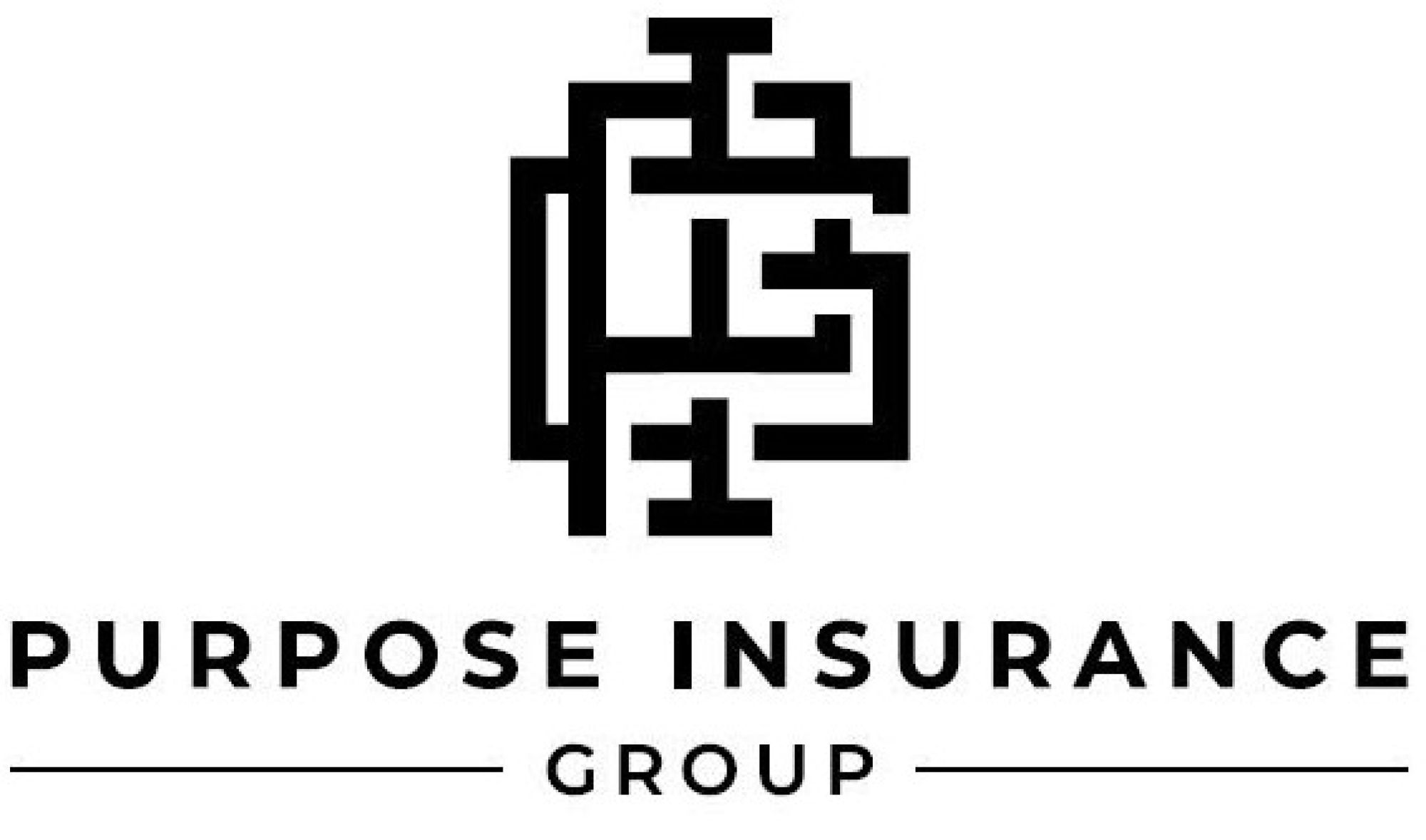Our Pacific Prime Diaries
Our Pacific Prime Diaries
Blog Article
Some Known Questions About Pacific Prime.
Table of ContentsFascination About Pacific PrimeThe Basic Principles Of Pacific Prime Some Known Facts About Pacific Prime.Pacific Prime Things To Know Before You Get ThisThe Facts About Pacific Prime Revealed

This is since the data were collected for a period of solid financial performance. Of the estimated 42 million individuals who were uninsured, just about concerning 420,000 (about 1 percent) were under 65 years of age, the age at which most Americans come to be eligible for Medicare; 32 million were adults between ages 18 and 65, around 19 percent of all grownups in this age; and 10 million were children under 18 years of age, regarding 13.9 percent of all kids (Mills, 2000).
These estimates of the number of persons without insurance are produced from the annual March Supplement to the Current Population Study (CPS), conducted by the Demographics Bureau. Unless or else kept in mind, nationwide quotes of individuals without medical insurance and proportions of the populace with different type of coverage are based on the CPS, one of the most extensively made use of resource of price quotes of insurance coverage and uninsurance rates.
See This Report about Pacific Prime

Still, the CPS is especially useful due to the fact that it generates yearly quotes reasonably swiftly, reporting the previous year's insurance policy protection estimates each September, and because it is the basis for a constant collection of price quotes for more than twenty years, permitting evaluation of trends in coverage gradually. For these reasons, along with the extensive usage of the CPS in various other researches of insurance protection that exist in this report, we count on CPS estimates, with restrictions kept in mind.

The estimate of the number of without insurance people increases when a population's insurance policy status is tracked for a number of years. Over a three-year period starting early in 1993, 72 million individuals, 29 percent of the U.S. https://pacific-prime-45752335.hubspotpagebuilder.com/blog/pacific-prime-your-trusted-source-for-comprehensive-insurance-solutions. populace, lacked coverage for a minimum of one month. Within a solitary year (1994 ), 53 million people experienced at the very least a month without protection Visit Your URL (Bennefield, 1998a)
6 out of every ten uninsured grownups are themselves utilized. Working does improve the chance that one and one's household participants will have insurance coverage, it is not a warranty. Also members of family members with 2 full time wage income earners have virtually a one-in-ten chance of being without insurance (9.1 percent uninsured rate) (Hoffman and Pohl, 2000).
Excitement About Pacific Prime
New immigrants represent a significant proportion of individuals without medical insurance. One evaluation has connected a considerable portion of the recent growth in the size of the U.S. without insurance population to immigrants that got here in the country in between 1994 and 1998 (Camarota and Edwards, 2000). Current immigrants (those that came to the United States within the previous 4 years) do have a high rate of being without insurance (46 percent), however they and their kids represent just 6 percent of those without insurance coverage nationally (Holahan et al., 2001).
The partnership in between medical insurance and accessibility to care is well developed, as documented later on in this phase. Although the connection between medical insurance and wellness end results is neither straight nor easy, an extensive medical and health services research study literature links medical insurance coverage to improved access to care, far better top quality, and boosted personal and population health condition.
Levels of analysis for checking out the effects of uninsurance. It concentrates especially on those without any type of health insurance policy for any type of size of time.
Pacific Prime Can Be Fun For Everyone
The issues faced by the underinsured are in some areas similar to those faced by the without insurance, although they are typically much less serious. Health and wellness insurance policy, nevertheless, is neither necessary neither sufficient to get access to clinical services. The independent and straight result of wellness insurance policy coverage on accessibility to health services is well developed.
Others will get the healthcare they require also without health and wellness insurance, by spending for it out of pocket or seeking it from providers that offer care cost-free or at highly subsidized prices. For still others, medical insurance alone does not make certain receipt of treatment as a result of other nonfinancial barriers, such as a lack of health care carriers in their neighborhood, restricted access to transport, illiteracy, or linguistic and cultural differences.
The 8-Minute Rule for Pacific Prime
Formal research study concerning without insurance populaces in the USA dates to the late 1920s and early 1930s when the Board on the Cost of Healthcare produced a series of records concerning financing medical professional workplace check outs and hospital stays. This concern ended up being significant as the varieties of clinically indigent climbed up throughout the Great Anxiety.
Report this page